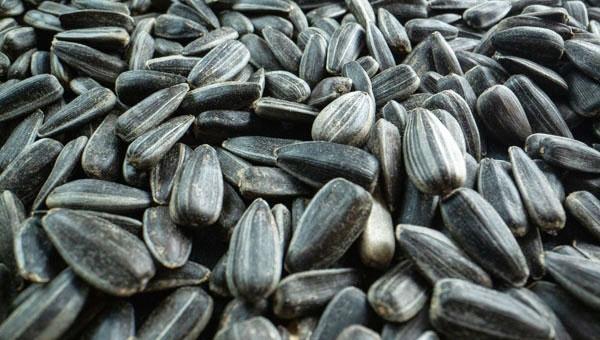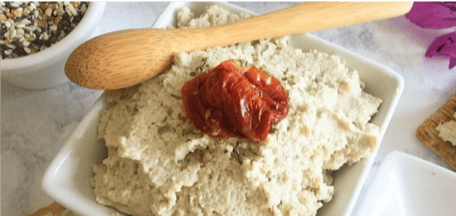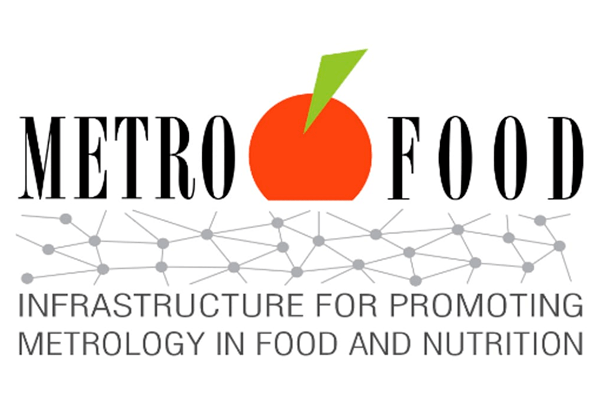Protein and biomolecules sources for nutritional security and biodiversity
of bakery products in a circular food system
Matrixes
Oilseeds by-products
BSG contains the insoluble residues of barley malt, i.e.: the husks and cortical portions of the kernels and are rich in proteins and fibers, especially beta-glucans, aromatic compounds (flavonoids and phenolic compounds) and volatile substances (aldehydes and fatty acids). Compared to other cereals, the protein fraction of BSG contains high quantities of essential amino acids, in particular lysine.
The insoluble dietary fraction of BSG is essentially represented by lignin and non-starchy polysaccharides, including cellulose and hemicellulose, which are mainly attributable to their ability to retain water, thus acting as regulators of intestinal function. They also show a satiating effect, therefore they are indicated in low-calorie diets.
The soluble fibers of BSG are represented by non-starch polysaccharides of the non-cellulosic type, among which beta-glucans and arabinoxylans stand out. Various functional properties have been attributed to beta-glucans, e.g.: the reduction of plasma cholesterol through the regulation of the biosynthesis of the endogenous one, the slowing of gastric emptying due to their viscosity, with positive effects on the sense of satiety and the immunostimulant action. Arabinoxylans can reduce post-prandial glycemic and cholesterol elevation and the consumption of arabinoxylans as food supplements is widely promoted to contrast diseases of the cardio-circulatory system, diabetes, and metabolic syndrome, as well as for the primary function, typically attributed to fiber, as adjuvants in the loss of body weight. By using supercritical CO2 and membrane extraction techniques, those valuable components can be isolated and re-used in new bakery products.
References
- Eurostat, 2021. Crop production in national humidity. Available at: https://appsso.eurostat.ec.europa.eu/nui/submitViewTableAction.do (Accessed on 28th May 2021).
- FAO, 2020. Oil crops. Available at: http://www.fao.org/fileadmin/templates/est/COMM_MARKETS_MONITORING/Oilcrops/Documents/Food_outlook_oilseeds/Oilcrops_Oils_and_Meals_Food_Outlook_2020.pdf (Accessed on 2nd June 2021).
- Dillenburg Meinhart, A.D., Mateus Damin, F., Caldeirao, L., Ferreira Ferreira da Silveira, T., Teixeira, Filho, J., Teixeira Godoy, H. 2017. Chlorogenic acid isomer contents in 100 plants commercialized in Brazil. Food Research International. 99(1), 522-530. DOI: 1016/j.foodres.2017.06.017.
- Wildermuth, S.R., Young, E.E., Were, L.M. 2016. Chlorogenic Acid Oxidation and its reaction with sunflower proteins to form green-colored complexes. Comprehensive Reviews in Food Science and Food Safety. 15, 829-843. DOI: 1111/1541-4337.12213.











